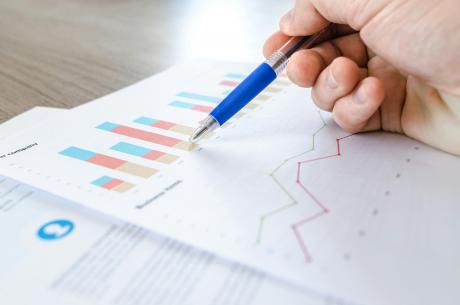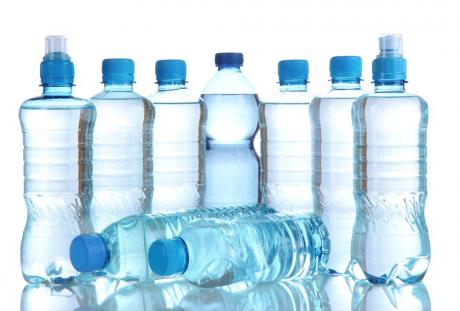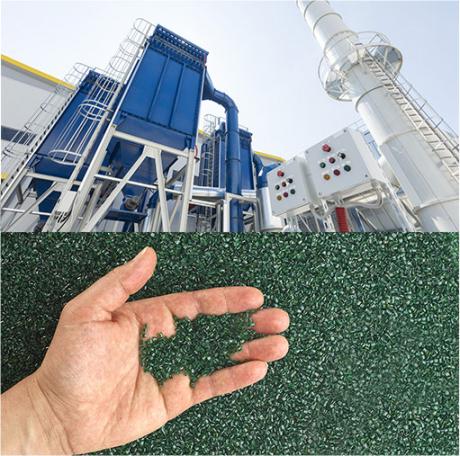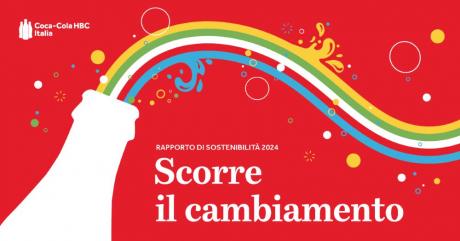The results of the strategic report “La circolarità della plastica: opportunità industriali, innovazione e ricadute economico-occupazionali per l’Italia (The circularity of plastic: industrial opportunities, innovation and economic-employment repercussions for Italy)" were recently presented in Cernobbio (Como). This report - drawn up by The European House (Ambrosetti for the Italian plastic industry) - is focused on the current state of the ecological transition in Europe.
In 2020, the Italian plastic industry generated a turnover of 45.8 billion euro (4.7% of the country’s manufacturing industry total), an added value of 12.7 billion euro in (5.1% of the total) and exports for 19.9 billion euro (4.9% of the total) with about 180 thousand employees in the country.
The recovery of plastics in Italy is more than double the European average in terms of total value (2.1% vs. 0.9%) and in the last 5 years has shown the highest growth (+40% in turnover and +72% in added value compared to 2016). A further strength of Italy is represented by bioplastics, which account for about 2% of the total value of the plastic industry compared to 0.3% of France and Germany. Bioplastics are all those materials and products, originated from both renewable and fossil sources, which have the characteristic of being biodegradable and compostable. 47% of bioplastics products worldwide is destined for packaging (0.99 million tons), which remains the most widespread application field.
Being mainly intended for the packaging sector (equal to 40% of production), plastics can increase their circularity by reducing the overall total of waste generated from them (-22.7% by 2030 in a scenario without corrective actions) as well as by strengthening the recovery of plastic materials. The complementarity between mechanical and chemical recycling might, in fact, lead Italy to recycle 61.6% of plastic waste by 2030 compared to 42.3% in 2020.
Supported by several partners such as trade associations, consortia and companies, the report aims to identify an evolutionary vision of the plastic industry which provides for the transition from an approach exclusively focused on the management of plastic waste to a model maximizing the benefits available thanks to technological innovation in the 3 steps identified (input, product and process innovation, and end of use and new life), the enhancement of the complementarity between chemical and mechanical recycling and the growth of organic recycling for biodegradable plastics.
The starting point of the study is the analysis of the strengths of the Italian plastic industry and its impact on the economic and employment performance of the country. In addition, the incidence in terms of the recovered material is more than twice the European average (2.1% of the total value compared to the average 0.9% in Europe). Looking at the statistics of the last 5 years, the recovery of plastic materials is also the phase which has shown the highest growth (+40% in turnover and +72% in added value compared to 2016).
Based on these strengths and in the light of a context marked by the growing scarcity of resources and the need of the industry to meet increasingly stringent requirements in terms of sustainability and circularity, the report outlines an evolutionary vision that anticipates the enhancement of plastic within circularity. In particular, in this perspective, the analysis approach has been extended from the treatment of plastic waste to the integrated management of input flows, product/process and end-of-use and new life stages. In order to qualify this approach, a technological map was drawn up of enabling technologies (through the analysis of about 1,500 academic-managerial papers) and investments in research and development activities related to the circularity of plastic, as well as of 300 patents registered by Italian companies and 150 case studies emphasizing the need for a greater circularity of the plastic industry.
This technological map has made it possible to identify the benefits in terms of circularity for each production phase of a plastic product. In terms of sustainable input flows, thanks to the adoption of new engineering and design methods, a 17% reduction in virgin plastic material can be achieved. With reference to the product/process stage, the increase in efficiency and productivity and the reduction of waste in the production phase can lead to a 15% reduction of input material needed and 20% of production scrap. Finally, the increase in the sorting capacity of mechanical recycling plants and the penetration of chemical recycling can take the former to recycle up to 50.3% of plastic waste and the latter to recycle up to 6.3% thanks to pyrolysis technologies, up to a maximum of 11.3% as a result of the development of depolymerisation and gasification technologies.








